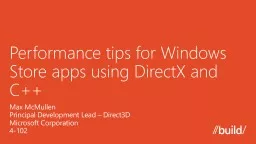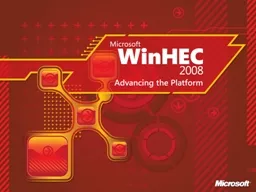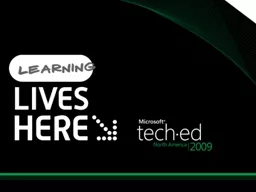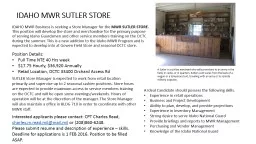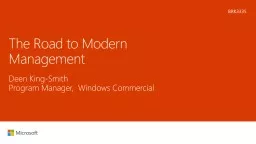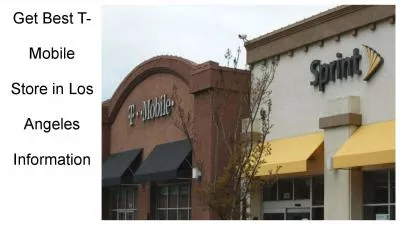PPT-What's New in Windows 10 Management and the Windows Store
Author : tatyana-admore | Published Date : 2016-07-20
Michael Niehaus Senior Product Manager mniehausmicrosoftcom BRK3330 Windows offers the management features that businesses need Business needs are evolving Windows
Presentation Embed Code
Download Presentation
Download Presentation The PPT/PDF document "What's New in Windows 10 Management and ..." is the property of its rightful owner. Permission is granted to download and print the materials on this website for personal, non-commercial use only, and to display it on your personal computer provided you do not modify the materials and that you retain all copyright notices contained in the materials. By downloading content from our website, you accept the terms of this agreement.
What's New in Windows 10 Management and the Windows Store: Transcript
Download Rules Of Document
"What's New in Windows 10 Management and the Windows Store"The content belongs to its owner. You may download and print it for personal use, without modification, and keep all copyright notices. By downloading, you agree to these terms.
Related Documents




